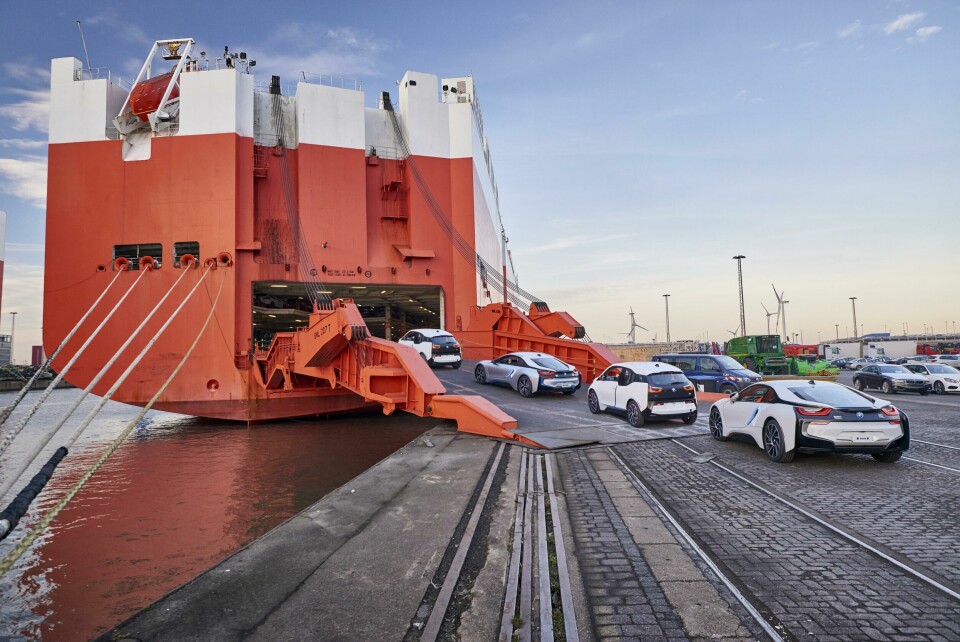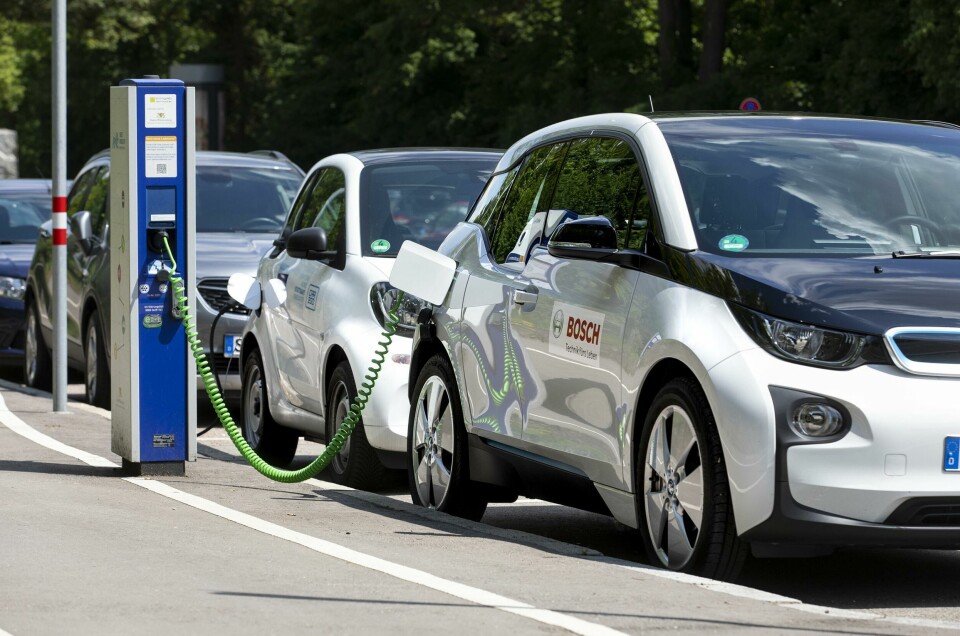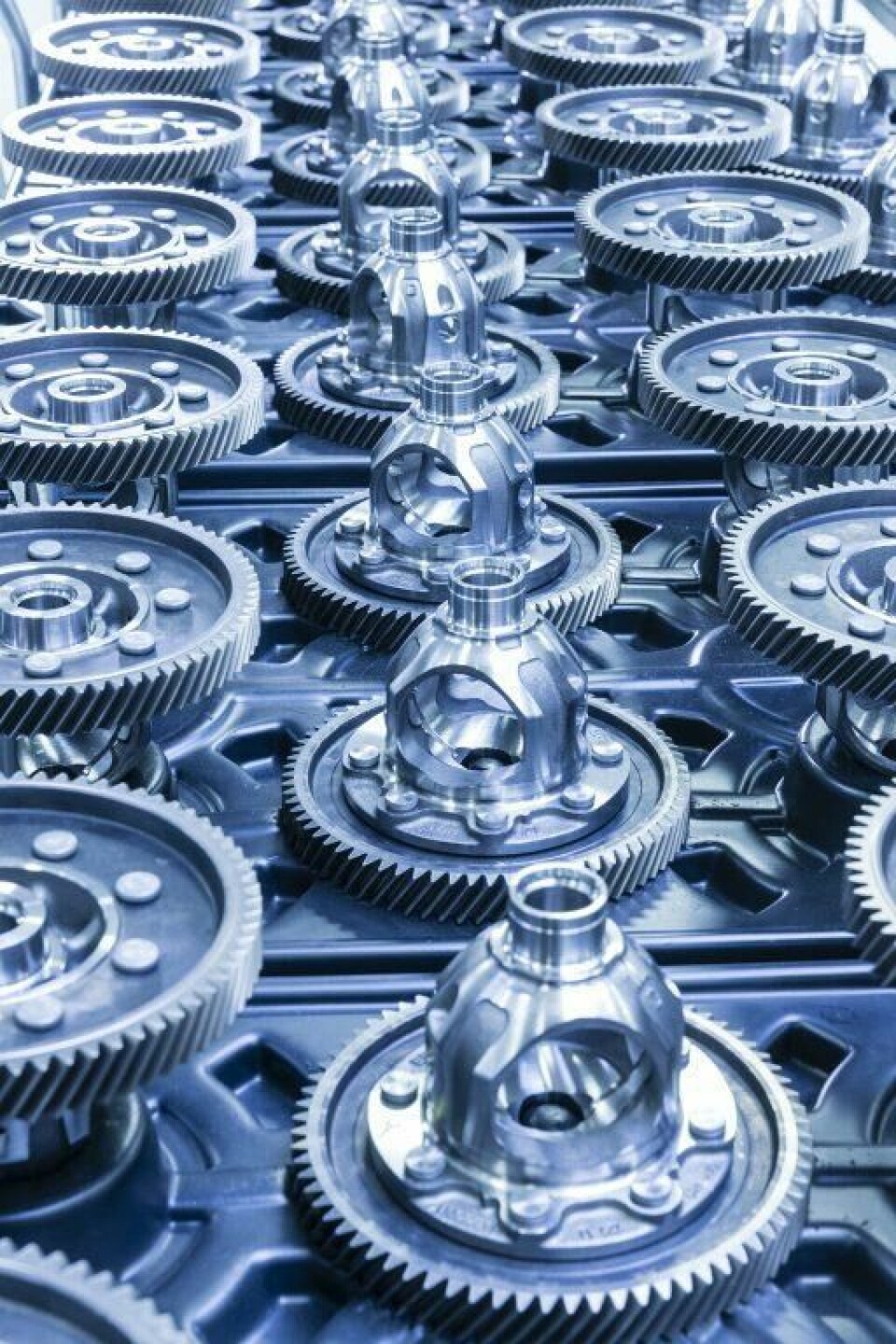CEE: At the heart of Europe’s electric future
OEMs and tier suppliers are investing in Central and Eastern Europe with a particular focus on electric, connected and autonomous mobility. Delegates at the Automotive Logistics CEE Summit in Budapest heard about the latest challenges and opportunities

Central and Eastern Europe (CEE) has drawn considerable attention from the global automotive industry in recent years, welcoming a series of foreign investments from major OEMs and tier suppliers. Jaguar Land Rover, for example, decided to locate its new factory for the next-generation Defender in Slovakia, while Audi, BMW and Mercedes-Benz all chose Hungary for their own new production facilities. Successive Hungarian governments in particular have encouraged investments aimed at shifting towards an electric, connected and autonomous future. But, as delegates heard at last week’s Automotive Logistics CEE summit in Budapest, this progress is not as straightforward as it may seem, especially when it comes to electric vehicles (EVs).
CEE has the natural advantage of lying at the heart of the region, also linking the two major economic blocs of Europe and Asia. At the conference, the British Ambassador to Hungary, Iain Lindsay, spoke of its “huge advantage” as manufacturing continues to move from the more expensive west to the cheaper east, an area which he said also had ambition partly as a result of its recent political history. He praised CEE’s good infrastructure, skilled labour force and “very welcoming” investment environment. “There is a lot of potential and a lot of opportunity here,” he added.
“The success of the Hungarian economy in the next few years will highly depend on whether it will be able to change over to the new era of the automotive industry and to implement the technologies of electromobility as well as autonomous vehicles within the shortest possible time”
Lindsay noted the “unprecedented economic growth” of the region and pointed out that a major contributor to this has been the automotive industry, which is now in the midst of immense transformation. “It’s not all about assembling and manufacturing any more,” he stated, explaining that OEMs now view CEE as a place worthy of R&D activities. JLR’s new technology centre in Budapest is just one example.
László Mosóczi, Secretary of State for Transport at Hungary’s Ministry of Innovation and Technology, also emphasised the importance of the automotive industry to the national economy, pointing out that it provides almost 4% of total employment and accounts for around 35% of total exports (see box for more details).
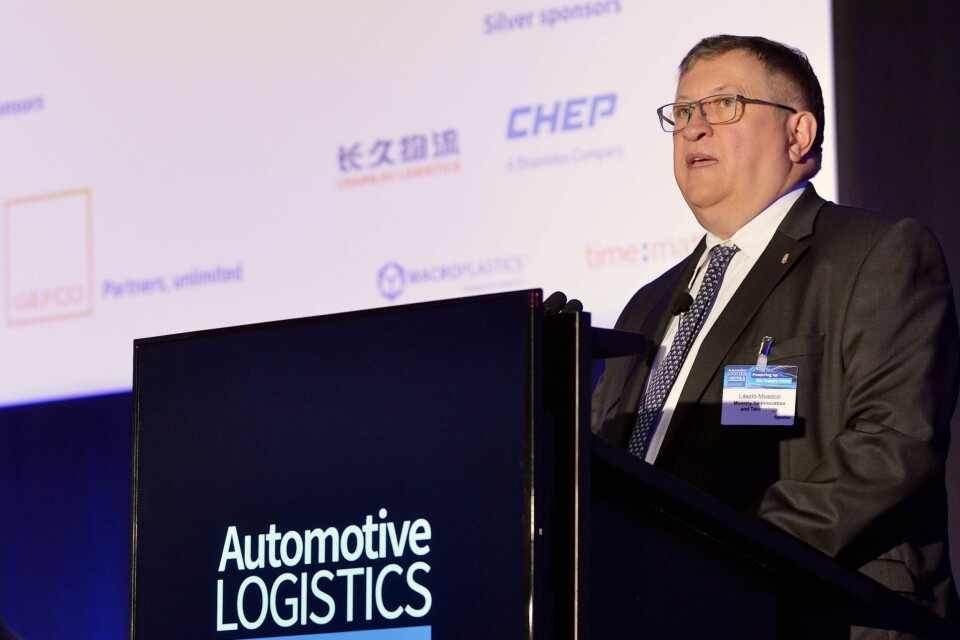
“The automotive industry… is the flagship sector of our national economy. The robust expansion of the automotive industry is one of the most important engines of Hungarian growth,” he said. Mosóczi acknowledged that future growth will be along different lines than before.
Already, the country is seeing significant investment in electric and autonomous vehicle technologies, both from the government (for example the proving ground at Zalaegerszeg) and foreign investors, including Chinese, Japanese and Korean battery suppliers (see box).
“The success of the Hungarian economy in the next few years will highly depend on whether it will be able to change over to the new era of the automotive industry and to implement the technologies of electromobility as well as autonomous vehicles within the shortest possible time,” he stated.
Trouble with EVs
However, EV sales are lower than hoped for and key markets in Europe, notably Germany, are struggling for growth, leaving production operations in CEE positioned for future mobility that seems to be slow in coming. According to Tolga Oran, Central Europe, Balkans and Middle East head of sales at Gefco, sales of battery-electric vehicles (BEVs) currently amount to slightly over half a million out of total EU sales of more than 17m.
Speaking at the conference, Daniel Harrison, analyst at Ultima Media’s business intelligence unit, commented on the reluctance of car buyers to put their faith in EV technology, for which they also have to pay a price premium as the vehicles are more expensive to produce.
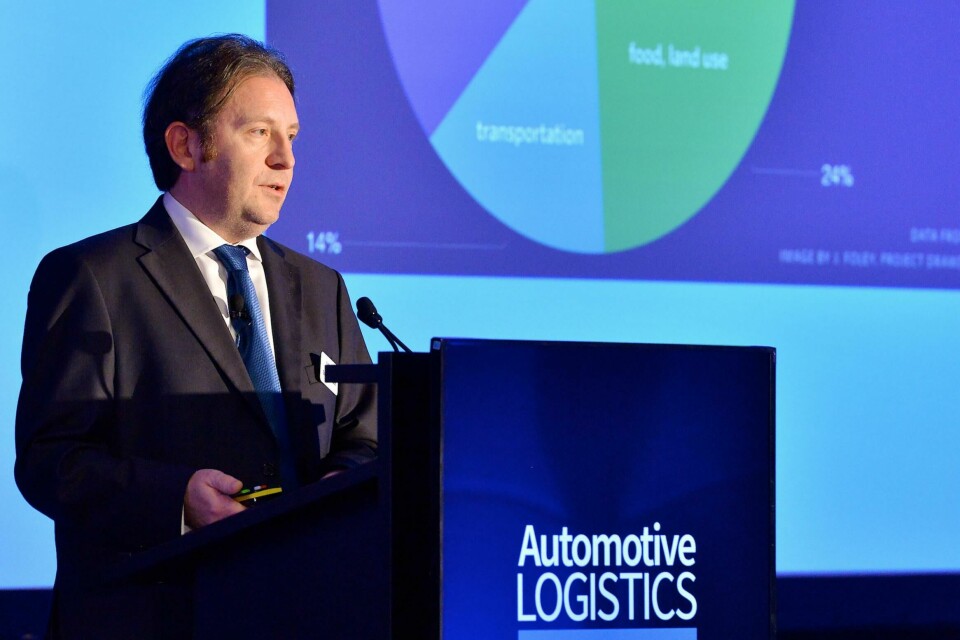
“It’s fair to say that a lot of consumers are quite doubtful about EVs and hybrids, whether to buy one or wait until the technology matures,” he said. He suggested that they were being confused by the wide choice of powertrains, including mild or full hybrids, EVs or range-extended EVs.
Pál Négyesi, MD of research group CEAuto, drew an analogy with a situation the industry faced about ten years ago, when it was thought “absolutely imminent” that Chinese vehicles would flood into the region “in full force”. That did not happen, although Chinese companies have certainly invested a lot of capital in the region, he said, including the acquisition of many suppliers. Négyesi predicted that it would become clear in a couple of years’ time whether or not EVs would really “take over” the European market.
During the question and answer session, Négyesi went even further when challenged by a delegate from Audi, who asked what alternative there might be to OEM electrification programmes that are already underway. He said – somewhat controversially – that in his opinion EVs were a “dead end”, pointing to repeated failures by the industry to develop improved battery technology despite large amounts of money being invested in various enterprises, such as in China.
“It’s fair to say that a lot of consumers are quite doubtful about EVs and hybrids, whether to buy one or wait until the technology matures”
Négyesi argued that without reliable battery technology, EVs, which might seem to be the solution, are no such thing, whereas the internal combustion engine has the potential to be a lot cleaner. Forcing EVs onto the roads before customers were ready was “not the solution”, he said.
“What is expected from the OEMs is too quick. They are talking about the next five or ten years [to switch to EVs],” stated Négyesi. For many consumers living in small towns in CEE, the complete lack of charging infrastructure meant they were simply impossible to use. Even if that were not the case, EVs are currently expensive. “In this region, that entry point for the customer is much too high,” he said.
Driven by emissions regulation
Rather than consumer demand, the push towards EVs is being driven by regulation. Since 2009 the EU has been working on mandatory emissions reduction targets for new cars, and it started applying a limit of 130g of CO2/km in 2015. However, this will be greatly reduced by 2021, with a cap of 95g of CO2/km phased in from 2020. According to Ultima’s Harrison, author of a ‘Climate change vs carmakers’ report (downloadable here), this will cause “a lot of financial pain” for OEMs through compliance costs – and fines if the new rules are not met.

This will be the case despite a certain amount of leeway for different brands according to the type of vehicles they produce, for example BMW will be allowed 100g of CO2/km in light of its larger and heavier models (while FCA, which tends to produce smaller cars, will be permitted just 90-91g of CO2/km).
“We predict that many OEMs will miss those targets quite substantially and that will result in severe fines for those OEMs,” Harrison stated. He added that in 2020 the collective fines will amount to €2 billion ($2.2 billion) and that by 2021, when the rules come into full force, this will rise to almost €5 billion.
Looking at specific OEMs, Harrison suggested that Volkswagen and PSA would be hit “particularly hard” because they sell large volumes in the EU, with VW worst hit, facing a fine of €1.8 billion. Harrison noted that VW has, of course, already been embroiled in a diesel emissions scandal, when it was found to have been cheating emissions tests – an example, perhaps, of how badly things can go wrong when regulation places intense pressure on manufacturers.
According to Harrison, compliance costs alone will amount to €7.8 billion. On top of the predicted fines of €4.9 billion, that will bring the total bill to €12.7 billion. Putting this into context, he said that European OEMs’ profitability stands at around €25 billion, so the new regulations will effectively halve this figure. “That is the gravity of the situation that they are going to have to face in the next few years.”
Evolving powertrain mix
Harrison said the financial implications of emissions rules would inevitably lead OEMs to push EVs and hybrids, unlike in other regions of the world where legislation is less strict. Harrison noted that China is currently the only other market where EVs are gaining any traction, and partly this is to do with regulation. In relation to its dealings with the EU, China is now trying to achieve regulatory alignment with the bloc so that its cars can be sold into that market.
In light of these pressures, Harrison predicted “a rapidly evolving powertrain mix” in Europe up to 2030, with an increasing share of various types of EVs plus a diminishing volume of diesel engines, given new awareness of their negative effects on health and the environment. He predicted that diesels would be phased out by 2035 or 2040.
“What is expected from the OEMs is too quick. They are talking about the next five or ten years [to switch to EVs]”
Achieving this transformation will undoubtedly be a struggle for the industry, and many OEMs are currently selling EVs at cost price or even at a loss, in what Harrison called a “desperate attempt to get sales flowing to reduce their overall emissions”.
Some of the pressure faced by OEMs will be passed on to other players in the supply chain, he noted, including suppliers, which will be required to produce better technologies to help OEMs to meet their targets, and finished vehicle logistics providers, which must adjust to transporting EVs that are typically heavier than conventional vehicles.
Sustainability in supply chains
As Harrison pointed out, although the bulk of the emissions being produced come from vehicles on the roads, 18% is attributable to the supply chain, and several speakers at the conference emphasised the need to scrutinise the whole chain from end to end to find ways to improve sustainability. Yet, similar to the push towards EVs, while there is increasing acknowledgement of corporate responsibility, much of the momentum in supply chain sustainability is coming from legislation.
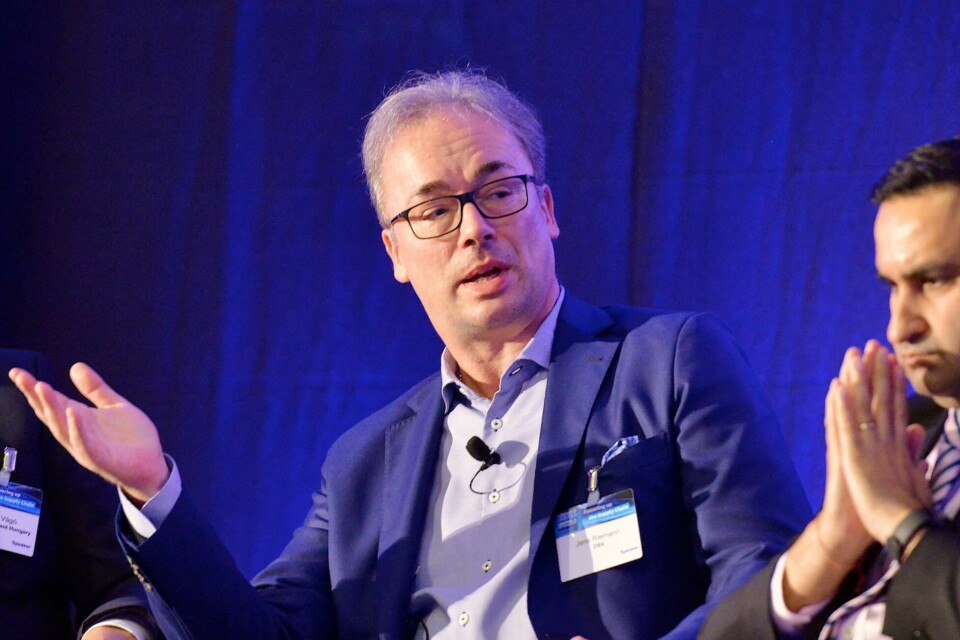
Jens Riemann, director of automotive global business development at DSV Solutions, admitted that there was not much pressure on logistics providers from their customers with regard to sustainability improvements; in general, the focus was on costs. A recent contract win for DSV in which the differentiator was the use of biodiesel was “a rarity”, he said. Riemann urged OEMs and suppliers to level the playing field for logistics providers offering sustainable solutions so that they had a better chance of winning tenders.
Sanjiv Takyar, head of innovation, solutioning and strategic marketing, Europe at Chep Automotive and Industrial Solutions, said that the company had devised a zero-waste concept around a European Commission plan to achieve carbon neutrality in Europe by 2050. This incorporates three main strands: eliminating waste, including from packaging; eradicating empty transport miles; and cutting out inefficiencies through smarter supply chains.
Takyar highlighted empty transport miles, especially for intercontinental movements, as “the major low-hanging fruit” that could be tackled, including through collaboration. He said that Chep had already helped customers to avoid 40m empty miles and more than 53,000 tonnes of CO2, while saving millions of euros.
“We still mostly consume resource from our planet, we produce something with it, we use it and then we dispose of it”
He pointed out that although 2050 seems like a long way off, it is in fact the span of only a few vehicle generations. Takyar said that achieving carbon neutrality would require significant investments in new, low-carbon technology, renewable energy, energy efficiency and infrastructure. Furthermore, he argued that it will be necessary to move from a linear way of doing business to a circular economy in which waste is turned into new products that match the quality of the originals.
Going round in circles
The vast majority of the world, Takyar said, still operates according to the linear model, although there have been increasing efforts to reuse and recycle plastics. “We still mostly consume resource from our planet, we produce something with it, we use it and then we dispose of it,” Takyar said. What he described as the “regenerative approach” of the circular model minimises the use of new resource and eliminates the creation of waste, pollution and emissions.

While the benefits are clear in theory, the question becomes how to achieve this in reality. Takyar suggested that it was important to consider the sustainability agenda throughout the whole process, from design inception, through production to the end-of-life scenario. “If we ensure that the infrastructure we build today has a strong sustainability agenda, if we think about that now, from the outset, we will deliver the benefits for many years to come.”
He pointed out that, along with the shift towards EVs, the automotive industry was already undergoing other major changes which feed into this concept, including the transition from products to services. He named Uber and Zipcar as “examples of businesses that not only address the requirements of the current generation but deliver a successful business model around the concept of share and reuse”.
“Share and reuse could not be more relevant than in the world of supply chain, logistics, transportation, warehousing and packaging,” he stated.
Reaching zero carbon
At Robert Bosch, a wide-ranging sustainability strategy is already in operation and Christine Mezger-Behan, vice-president of transport management worldwide, said the tier supplier’s roadmap to reaching zero CO2 emissions by 2020 would involve the elimination of 3.3m metric tons emitted at present, based on figures from 2018.
Mezger-Behan explained that becoming carbon neutral would mean tackling both direct emissions and indirect ones relating to purchased energy. For Bosch, this will involve four steps: a focus on increasing energy efficiency in production; the use of new clean power; buying in green electricity; and offsetting emissions. This year, the company will analyse other indirect emissions not yet covered by the plan and will also aim to join the UN-backed Science Based Target Initiative.
“The role of logistics in the PEP [product engineering process] is much stronger and gives us an opportunity to make clear what we require from our engineering departments, but also from our production in order to achieve these [sustainability] targets”
She suggested that the four-stage approach is not necessarily a case of going directly from the first to the final step, and that patience and planning are required when it came to seeing the benefits of certain steps. “Just because [certain] things take a little bit longer, it doesn’t mean that we don’t want to start now,” she said.
All of this comes at a cost, of course. According to Mezger-Behan, Bosch is spending around €1 billion on energy efficiency improvements and a similar amount purchasing carbon-neutral energy supply and carbon credits. Yet she pointed out that some of this can be clawed back through lower energy consumption, leaving total costs at €1 billion up to 2030.
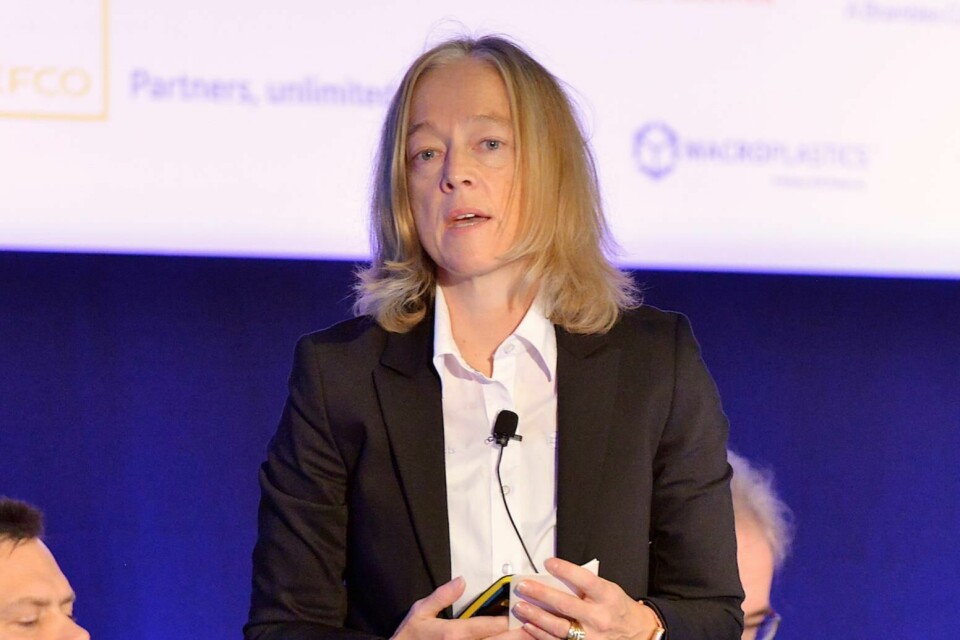
The financial savings which are contingent on the energy savings help to bring key business objectives into alignment, she said, which has not always been the case when it comes to sustainability.
Further good news is that logistics seems to be occupying greater prominence than a few years ago and is starting to have greater influence on product development, she suggested. “The role of logistics in the PEP [product engineering process] is much stronger and gives us an opportunity to make clear what we require from our engineering departments, but also from our production in order to achieve these [sustainability] targets,” Mezger-Behan said.
Pushing on with progress
Of course, EVs are also achieving greater prominence than ever before as the industry tries to reach emission targets, though it is still awaiting the kind of sales that will mean the electric revolution is truly under way. Under the legislative pressure mentioned above, all major OEMs are rushing to increase their EV offerings and boost the proportion of their line-ups which is electrified. Growth in EVs is expected to come, albeit slowly. Gefco’s Oran estimated that the number of BEV models in the EU market is likely to surpass 100 in 2022, with the proportion of sales coming from EVs rising to between 6-11% of the 17m total.
“According to the market experts the future will be electric, autonomous, connected and shared… The automotive industry is approaching a turning point”
OEMs and their partners in Europe are therefore pushing on with planned production investments despite the slower-than-hoped-for sales. For instance, Róbert Ésik, CEO of the Hungarian Investment Promotion Agency, pointed out that BMW has now signed the final sale agreement on land for its new factory at Debrecen, with construction due to start next year, while Mercedes-Benz has committed to its second plant in the country, at Kecskemet, despite rumours in the German media that progress had stalled.
Meanwhile, the Hungarian government continues to adapt its policies and introduce new measures to support the industry in the transformation it is experiencing, including supplier training, incentives and changes to corporate and social taxes. Like other governments in the region, it is doing everything it can to be at the forefront of the revolution, whenever it finally comes.
“According to the market experts the future will be electric, autonomous, connected and shared,” said Mosóczi from the Ministry of Innovation and Technology. “The automotive industry is approaching a turning point.”

